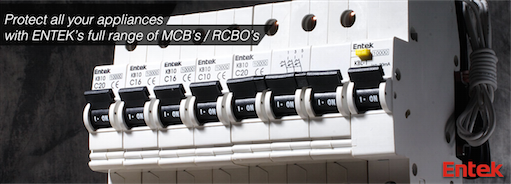I got a battery with no switch and the first time I connected it there was a spark.
I assume that was the capacitor in the controller taking some current for the first time ever, because about 10 mins later when I reconnected the battery, there was no spark.
Each time I had everything plugged into the controller with the battery the last thing to get connected.
Is there any point putting a switch on it?
I have seen cables that have Male XT60 > Switch > Female XT60 and they are dirt cheap, rated at 20A, for example:

My controller is 18A (+/-1).
It's another two XT60 plugs to go wrong, but it would stop sparking, but if the capacitor holds its charge for a few days, it doesn't matter anyway.
What I am wondering about more than anything is, how long do the 63V capacitors typically hold their charge in these controllers?
If the switch did fail while out riding, I could just unplug the two XT60 plugs and directly plug the battery to the 1T4 cable like I am now, without a switch.
I just thought it odd that it sparked the first time connecting it but not the second time.
It seems you have to sort of fool it into not sparking and connect it quick when it's got it's not expecting it lol.
I assume that was the capacitor in the controller taking some current for the first time ever, because about 10 mins later when I reconnected the battery, there was no spark.
Each time I had everything plugged into the controller with the battery the last thing to get connected.
Is there any point putting a switch on it?
I have seen cables that have Male XT60 > Switch > Female XT60 and they are dirt cheap, rated at 20A, for example:

XT60 20A Switch Harness
This Switch has a male and female XT60 connector attached and has an easy access charging socket. SpecificationsPower rating - 20AConnectors - XT60
iactiverc.com
My controller is 18A (+/-1).
It's another two XT60 plugs to go wrong, but it would stop sparking, but if the capacitor holds its charge for a few days, it doesn't matter anyway.
What I am wondering about more than anything is, how long do the 63V capacitors typically hold their charge in these controllers?
If the switch did fail while out riding, I could just unplug the two XT60 plugs and directly plug the battery to the 1T4 cable like I am now, without a switch.
I just thought it odd that it sparked the first time connecting it but not the second time.
It seems you have to sort of fool it into not sparking and connect it quick when it's got it's not expecting it lol.









